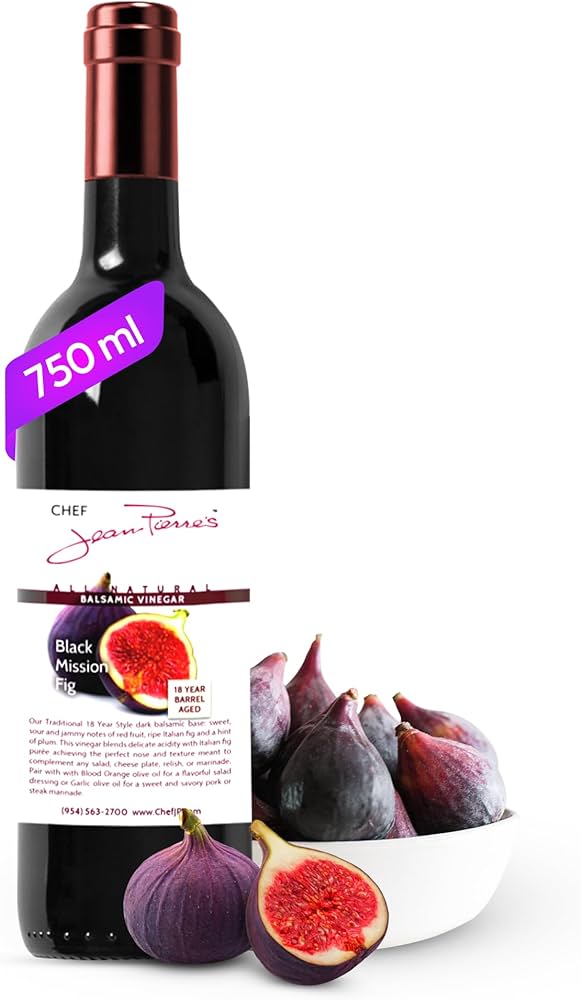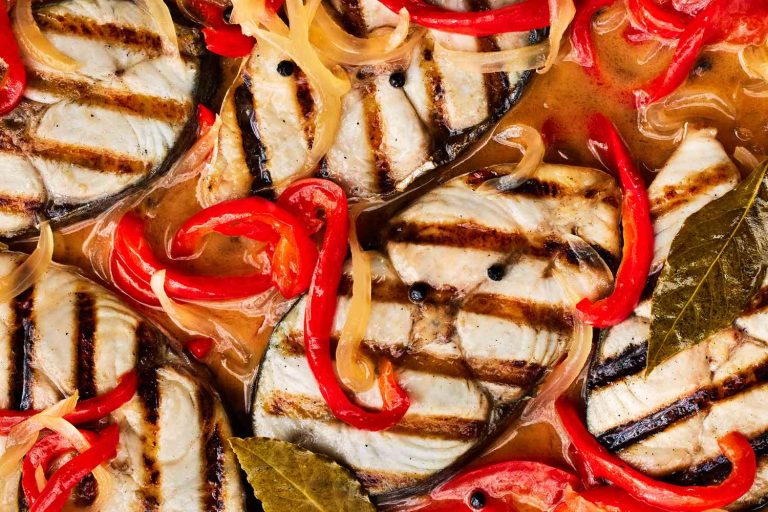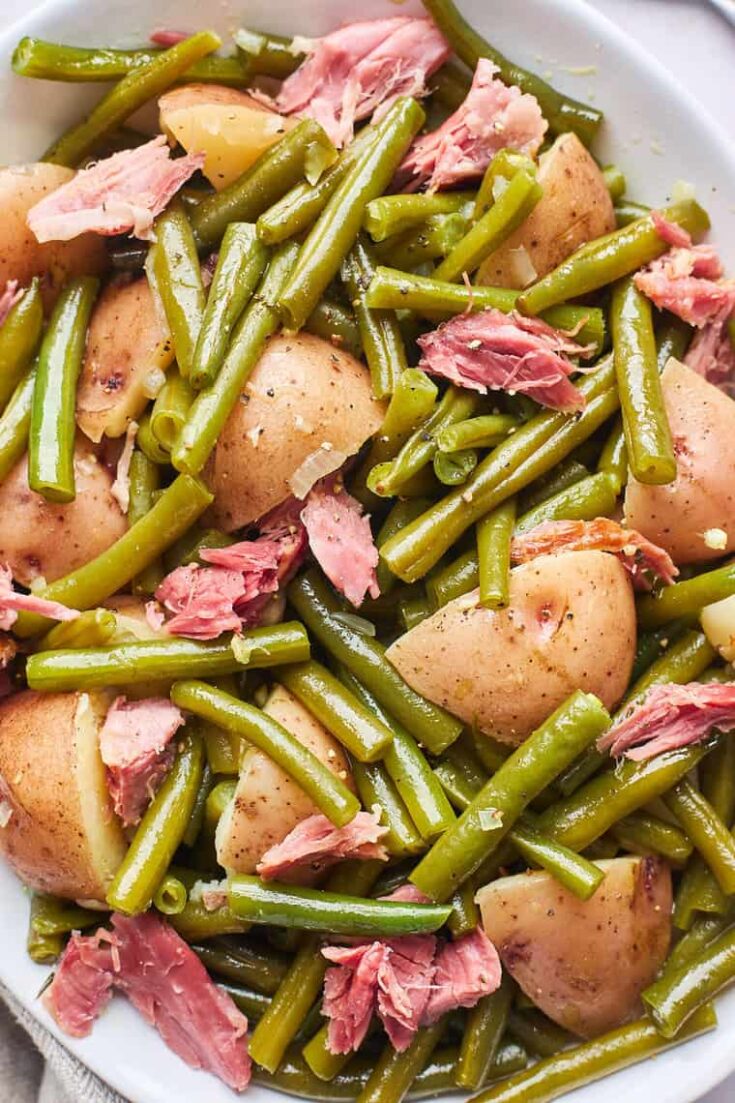Red Wine Vinegar Reduction: Enhance Your Dishes with Rich Flavor and Complexity
A red wine vinegar reduction is a concentrated sauce made by cooking red wine vinegar. During this process, the vinegar evaporates, leaving behind a rich, tangy, and slightly sweet liquid. This reduction adds depth and complexity to dishes, enhancing their natural flavors. Typically, chefs use it to elevate the taste of meats, vegetables, and desserts.
How Is It Made?
Creating a red wine vinegar reduction involves a few straightforward steps. First, pour red wine vinegar into a saucepan. If you want additional flavors, add ingredients like shallots, garlic, or herbs. Then, bring the mixture to a boil over medium heat. Reduce the heat to low, allowing it to simmer. Stir occasionally while the liquid reduces by half or more. This process usually takes 20–30 minutes. Finally, strain the reduction if you’ve added solid ingredients, and let it cool before using.
Health Benefits of Red Wine Vinegar Reduction
Antioxidant Properties
Red wine vinegar reduction is rich in antioxidants. These compounds, including resveratrol and polyphenols, protect your cells from oxidative damage. Various studies indicate that antioxidants can lower the risk of chronic diseases like heart disease and cancer. Including red wine vinegar reduction in your diet introduces a valuable source of these protective agents.
Blood Sugar Control
Consuming red wine vinegar reduction can help regulate blood sugar levels. The acetic acid in red wine vinegar improves insulin sensitivity, allowing your cells to absorb more glucose from your bloodstream. Research published in the Journal of Functional Foods found that individuals who consumed vinegar experienced lower blood sugar spikes after meals. Integrating red wine vinegar reduction into your meals can contribute to better blood sugar management.
Culinary Uses of Red Wine Vinegar Reduction
Recipes That Shine
Red wine vinegar reduction elevates various dishes by adding depth and complexity. Drizzle it over grilled vegetables, such as asparagus or bell peppers, to boost their natural flavors. Create a stunning glaze for roasted meats, particularly beef and lamb, accentuating their rich taste profiles. Use it as an elegant sauce for seared scallops or shrimp, pairing well with seafood’s subtle sweetness. Incorporate it into salad dressings, complementing leafy greens, goat cheese, and nuts. Enhance desserts, like poached pears or vanilla ice cream, with a touch of reduction for a sophisticated finish.
Tips for Cooking
When preparing a red wine vinegar reduction, monitor the heat to prevent burning. Use a heavy-bottomed saucepan for consistent heat distribution. Begin with high-quality red wine vinegar for the best results. Balance the acidity by adding a sweet element, like honey or sugar, during reduction. Extract maximum flavor by reducing to about half its original volume. Store any unused reduction in an airtight container in the refrigerator for future use, ensuring it remains fresh. Reheat gently before serving to retain its texture and flavor.
Comparing Red Wine Vinegar Reduction to Other Vinegar
Flavor Differences
Red wine vinegar reduction is known for its robust and complex flavor profile. It offers a balance of acidity, sweetness, and depth, creating a rich, velvety taste ideal for enhancing dishes. This contrasts with balsamic vinegar reduction, which tends to be sweeter and thicker, providing a syrupy texture perfect for desserts and drizzling over fresh fruits. Meanwhile, white wine vinegar reduction has a lighter, more delicate flavor, making it suitable for subtle dishes like poached fish or light salads.
Usage in Cooking
Red wine vinegar reduction is versatile in culinary applications. It’s excellent for drizzling over roasted vegetables, meats, and seafood dishes. Compared to apple cider vinegar reduction, which works well in tangy sauces and dressings, red wine vinegar reduction brings a deeper, more sophisticated flavor to glazes and reductions. In contrast, rice vinegar reduction, popular in Asian cuisine, is milder and slightly sweeter, ideal for pickling and sushi rice seasoning.
These differences in flavor and application reflect the diverse roles each vinegar plays in cooking, highlighting the unique advantages of red wine vinegar reduction in adding depth and sophistication to your dishes.
Conclusion
Mastering a red wine vinegar reduction opens up a world of culinary possibilities. Its concentrated flavor adds depth and sophistication to a variety of dishes, from grilled vegetables to roasted meats and even desserts. By understanding how to create and use this reduction, you can elevate your cooking and impress your guests with rich, complex flavors. Don’t hesitate to experiment and discover new ways to incorporate this versatile ingredient into your recipes.






